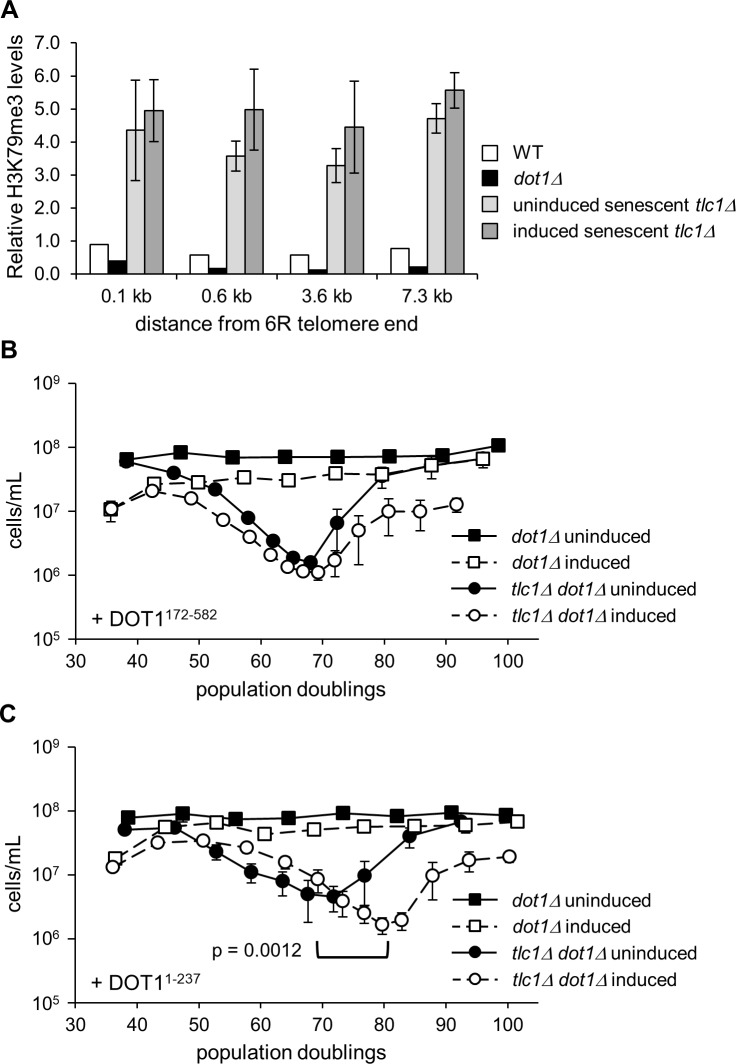Fig 5. The N-terminus of Dot1 is necessary and sufficient for delay of senescence by anti-TERRA.
(A) Anti-TERRA expression does not significantly alter subtelomeric H3K79me3 levels in senescent tlc1Δ cells. Chromatin immunoprecipitation (ChIP) was performed on the indicated strains with control IgG, H3K79me3, or histone H3 antibodies. H3K79me3 levels at the indicated regions of the 6R subtelomere were measured by qPCR and are normalized to IgG control, total histone H3, and input (see Materials and Methods). WT and dot1Δ (n = 1); tlc1Δ uninduced and induced (n = 2 each). (B) Anti-TERRA does not delay senescence when the N-terminus of Dot1 is absent. Senescence assays were performed using dot1Δ (n = 2) and tlc1Δ dot1Δ (n = 4) cells expressing the plasmid-borne Dot1172-582 C-terminal fragment and with anti-TERRA either induced or uninduced. (C) Anti-TERRA delays senescence by 11 PD (p = 0.0012) when the C-terminus of Dot1 is absent. Senescence assays were performed with anti-TERRA either induced or uninduced in dot1Δ (n = 2) and tlc1Δ dot1Δ (n = 5) cells expressing the plasmid-borne Dot11-237 N-terminal fragment. For (B) and (C) each data point represents the mean PD versus the mean and SEM of the cell density.

